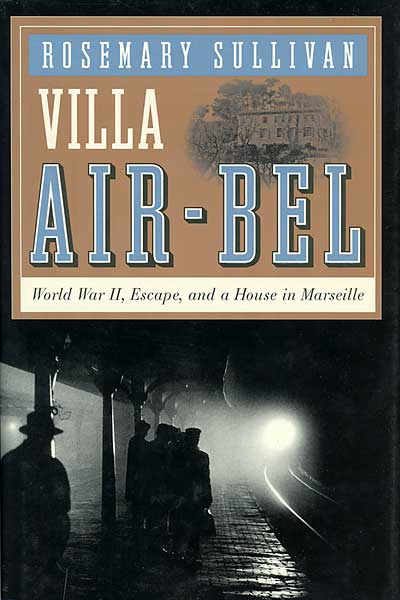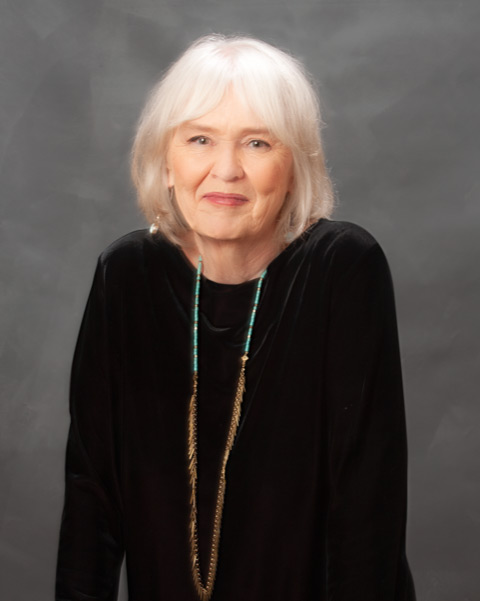HarperCollins US, 2006; HarperCollins Canada, 2006; John Murray UK, 2006; Debate, Spain, 2008; Mladá fronta, Czech Republic, 2008; Edizioni dell’Altana, Italy, 2009; Rocco, Brazil, 2009; De Geus, The Netherlands, 2013.

France, 1940. The once glittering boulevards of Paris teem with spies, collaborators, and the Gestapo now that France has fallen to Hitler’s Wermacht. For André Breton, Max Ernst, Victor Serge, Marc Chagall, Consuelo de Saint-Exupéry, Remedios Varo, Benjamin Péret, and scores of other cultural elite denounced as enemies of the Third Reich, fear and uncertainty define daily life. One wrong glance, one misplaced confidence, could mean arrest, deportation, and death. Their only salvation is the Villa Air-Bel, a château outside Marseille where a group of young people will go to extraordinary lengths to keep them alive.
Financed by the Emergency Rescue Committee, a private American relief organization, unlikely heroes—feisty graduate student Miriam Davenport, Harvard-educated classical scholar Varian Fry, beautiful and compelling heiress Mary Jayne Gold, and brilliant young Socialist and survivor of the Battle of Dunkerque Danny Bénédite and his British wife, Theo—cajole, outwit, and use every means possible to stave off the Nazis and newly installed Vichy government officials circling closer with each passing day. The château was a vibrant artistic salon, home to lively debates and clandestine affairs, to Sunday art auctions and subversive surrealist games. Relationships within the house were tense and arguments were common, but the will to survive kept the covert operation under wraps. Beyond the château’s luscious façade war raged, yet hope reverberated within its halls. With the aid of their young rescuers, this diverse intelligentsia—intense, brilliant, and utterly terrified—was able to survive one of the darkest chapters of the twentieth century.
Villa Air-Bel is a powerfully told, meticulously researched true story. Rosemary Sullivan explores the diaries, memoirs, and letters of the individuals involved while uncovering their private worlds and the web of relationships they developed. Filled with suspense, drama, and intrigue, Villa Air-Bel is an excellent work of narrative nonfiction that delves into a fascinating albeit hidden saga in our recent history.
Read an essay by Rosemary Sullivan on how the book came about
Critical Praise for Villa Air-Bel
“Her scene-by-scene evocation of life at the house reads like an updated Chekhov comedy laced with horror.”
—Financial Times
“Sullivan goes beyond the confines of Air-Bel to tell the fuller story of France during the tense years from 1933 to 1941. She intelligently spreads the fractured narrative, with its huge cast of characters…over 60 brief chapters. What is palpable is the welter of shock, fear, world-weariness…a moving tale of great sacrifice in tumultuous times.’
—Publishers Weekly
“A complex tale showing how hope and courage flourish, even in the toxic soil of totalitarianism.”
—Kirkus Reviews
“As a piece of narrative Villa Air-Bel is considerable. It tells a number of individual stories-about 40-brilliantly and it places them in context…. It also illuminates a little known but important aspect of the history of the second World War…. the style is beautifully clear and concise….Sullivan’s book should be mandatory reading.”
—Irish Times
“Sullivan brilliantly interweaves personal histories with terrifying tales”
—Sunday Times (London)
“The great virtue of Sullivan’s account of these dark times is the meticulous research that informs it, the uncovering of memoirs, photos, and other documents in numerous Canadian and American libraries as well as archives in France and private collections….Villa Air-Bel is a most welcome book, a triumph of the human spirit”
—Philadelphia Inquirer
“A moving and richly detailed account”
—Boston Globe
“Sullivan’s book covers a little-known chapter of the Second World War….Villa Air-Bel is a remarkable achievement”
—National Post (Toronto)
“[Sullivan] manages to combine solid scholarship with a snappy writing style…a history book that is completely riveting”
—Vancouver Sun
“Sullivan has written a book of great detail and complexity, though one that is full of darkness.”
—Quill & Quire
“With tremendous suspense and emotional pull, Sullivan recounts the little-known story of Varian Fry”
—Vogue
“[In Villa Air-Bel] stories are told with passion.”
—The Advocate
“It’s history, it’s intrigue. It’s nonfiction. It’s a real page-turner.”
—New York Magazine: Ask a Shop Clerk: Holiday Edition, Carol Wald
“This is a magnificent, complex narrative of courage, folly, and complacency…a beautifully narrated book.”
—Telegraph
“Deft handling of a twisted plot with a large number of characters”
—The Forward
Awards
- The Canadian Society for Yad Vashem Award in Holocaust History, the Helen and Stan Vine Annual Canadian Jewish Book Awards for Villa Air-Bel: World War II, Escape, and a House in Marseille 2007.
- The Different Drummer Independent Bookseller’s Award for the best book of Non-Fiction in 2006 for Villa Air-Bel: World War II, Escape, and a House in Marseille 2007.

